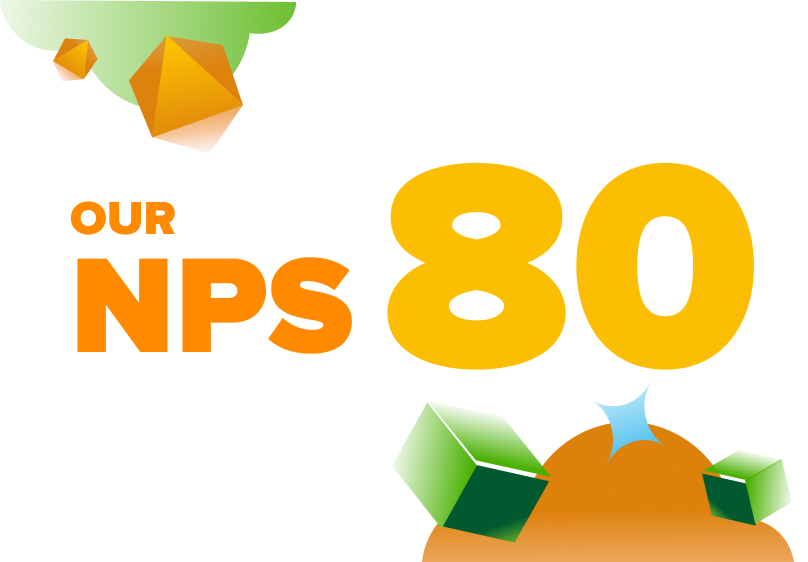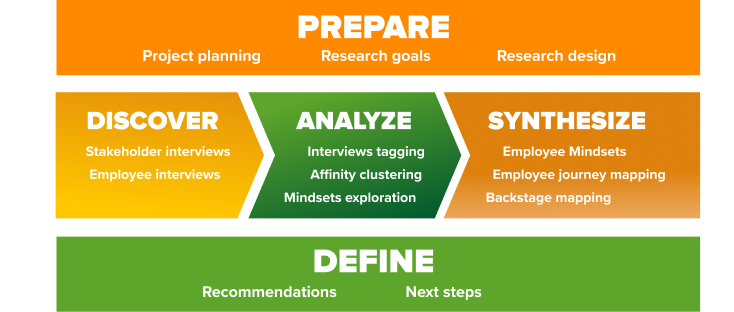
What’s unique about being a SoftServe employee? We launched a project to find out
“To enable talented people to change the world.”

That’s our mission statement at SoftServe.
Our people understand that the “enable” part of the statement promises a strong commitment to consistently invest in their education, training, development, and growth. It’s also a commitment to an exceptional employee experience.
SoftServe recognizes the importance of authentic employee experiences and the impact they have on engagement, retention, and company-wide performance.
How do we define an authentic employee experience? It’s an environment where the employee feels respected, supported, and valued. We achieve this by considering each piece that makes up their lives, and appreciating that these pieces are not the same for everyone.
Authentic employee experiences create a sense of purpose. They help employees better understand how they are making a difference and how their contributions fit into the larger picture.
We live by these experiences. As digital advisors who operate at the cutting-edge of technology and deliver innovation — we need to keep our people excited, energized and inspired.

According to a recent Gartner survey*, employee experience is top-of-mind for CHROs and talent leaders. The employee experience remains a priority focus for the HR profession. Companies must revise how they view these journeys to offer personalized and tailored experiences.
The numbers game
One important question that our People Experience team wanted to explore was, “How do we consistently and sustainably maintain our high NPS and eNPS scores for almost 14,000 associates, in 47 offices, across 14 different global locations?” With both in the 80s over the last year, it felt like we were doing something right. We wanted to learn more.

Embarking on this new undertaking — the SoftServe Employee Journey Project — the People Experience team knew that to understand employees and their SoftServe journeys, we needed to apply design thinking methodology and techniques.
We invited our Experience Design colleagues to collaborate on this HR initiative, working with a design thinking methodology.
Through employee interviews, innovation workshops, journey mapping and persona creation, our cross-functional team gathered strong and compelling evidence of the “as-is” experience for SoftServe associates. This included existing pain points, needs, and mindsets.

Doing this revealed areas that should be prioritized for the biggest impact.
This let us align — as a company — on a common view of it means to have a unique experience as a SoftServian.
One of the biggest advantages of this study was that it provided our People Experience team with a foundational asset that we have been leveraging for various people initiatives and programs globally.
For example, we’ve provided our findings to the project team that works on improving the integration of diversity, equity, and inclusion into each employee’s journey. We’ve also leveraged employee personas to shape cultural initiatives and projects around our digital employee journey.
These efforts have one common goal — to enable our engaged, productive, and talented employees to change the world.
Let’s chat about how SoftServe experience designers can help create meaningful experiences and processes across your employee and customer journey. We’ve created and engaged with this process ourselves. We’ll share the lessons we learned, their impact on our employees, and on SoftServe as a whole.

